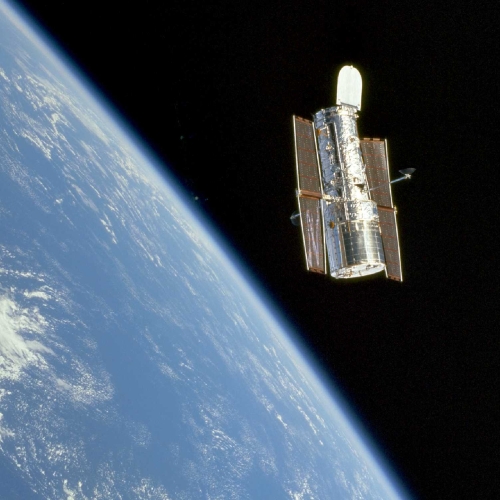Russia to take control of German telescope on space orbiter
Dmitry Rogozin, the head of Roscosmos, revealed today that he has issued orders for the scientists running the Spektr-RG telescope to figure out how to take over operations of the German instrument on the telescope.
“I gave instructions to start work on restoring the operation of the German telescope in the Spektr-RG system so it works together with the Russian telescope,” he said in an interview with the Rossiya-24 TV channel.
The head of Roscosmos said the decision was necessary for research. “They – the people that made the decision [to shut down the telescope] don’t have a moral right to halt this research for humankind just because their pro-fascist views are close to our enemies,” he said.
The Europeans had shut down operations when it broke off all of its space partnerships with Russia, following the Ukraine invasion and the decision of Russia to confiscate 36 OneWeb satellites rather than launch them as it was paid to do.
Dmitry Rogozin, the head of Roscosmos, revealed today that he has issued orders for the scientists running the Spektr-RG telescope to figure out how to take over operations of the German instrument on the telescope.
“I gave instructions to start work on restoring the operation of the German telescope in the Spektr-RG system so it works together with the Russian telescope,” he said in an interview with the Rossiya-24 TV channel.
The head of Roscosmos said the decision was necessary for research. “They – the people that made the decision [to shut down the telescope] don’t have a moral right to halt this research for humankind just because their pro-fascist views are close to our enemies,” he said.
The Europeans had shut down operations when it broke off all of its space partnerships with Russia, following the Ukraine invasion and the decision of Russia to confiscate 36 OneWeb satellites rather than launch them as it was paid to do.











